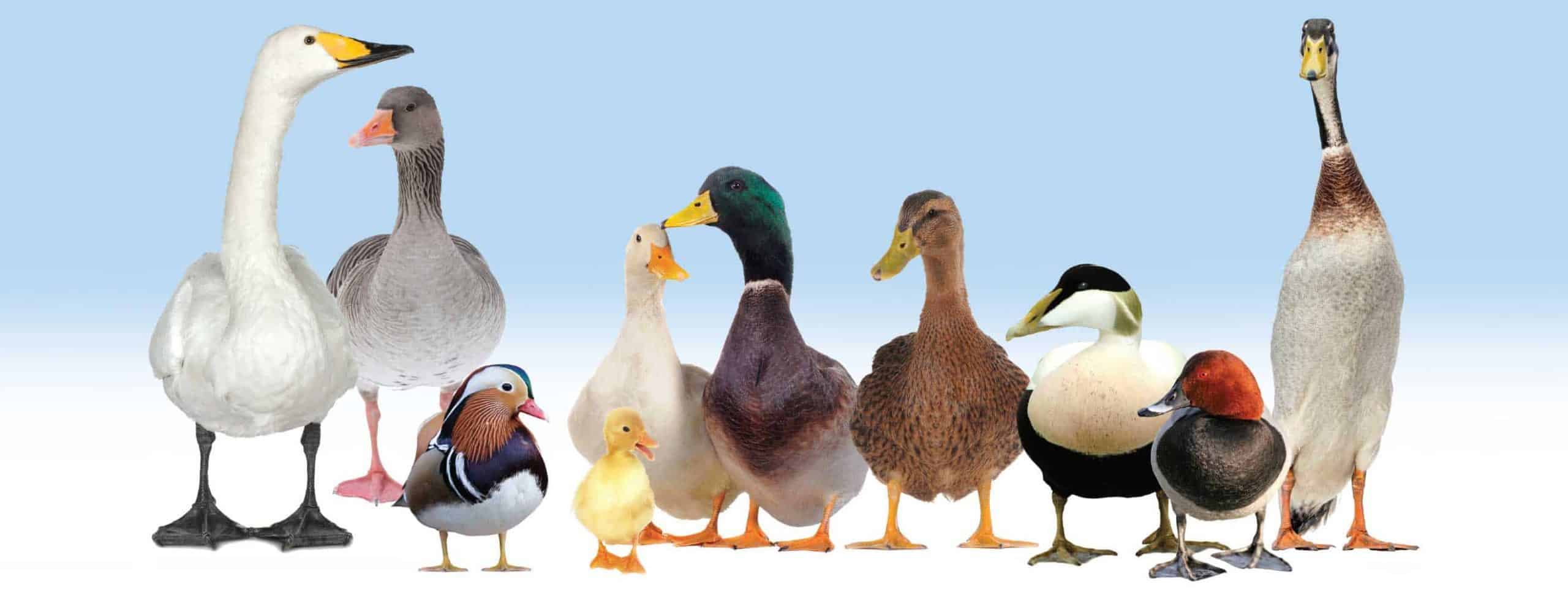Sadly our live show is cancelled
Even if there is a brief easing of the restrictions on bird gatherings, we have many breeders who would not wish to take the risk anyway. We do hope you will take pictures of your birds and enter our online show. We will promote it here, on Facebook and Instagram, but the pictures and the […]
Pal-Mates … weekend web tip
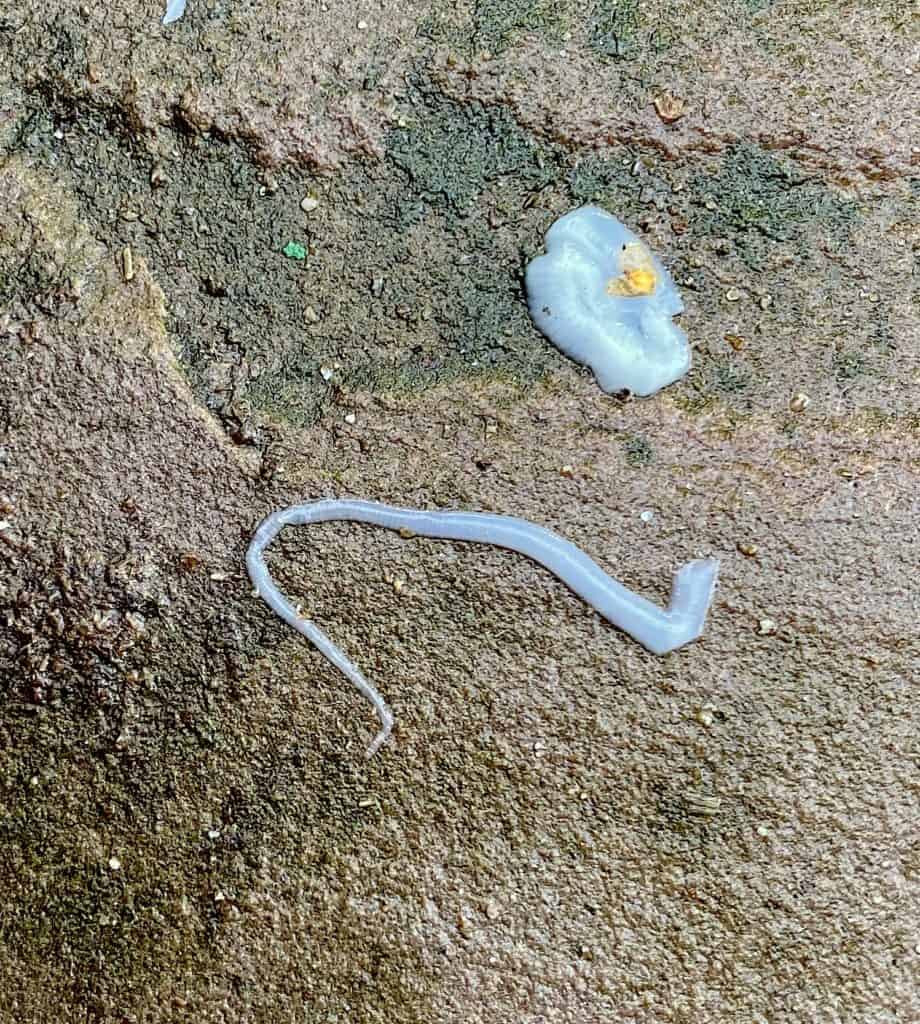
Worming waterfowl – Is prevention better than cure? With a change in the weather to warm and wet conditions now is the time to be observant for signs of worms in waterfowl. August tends to be a month when many waterfowl breeders are growing young stock outside – and our bird numbers often peak before […]
Chief Vet urges bird keepers to maintain biosecurity as Prevention Zone lifted

All bird keepers should maintain strict biosecurity measures until further notice to keep their birds safe from avian influenza. The Avian Influenza Prevention Zone (AIPZ) for poultry and captive birds, introduced to help stop the spread of avian influenza (‘bird flu’), has been lifted. The enhanced biosecurity measures were brought in across Great Britain in […]
Pal-Mates … weekend web tip
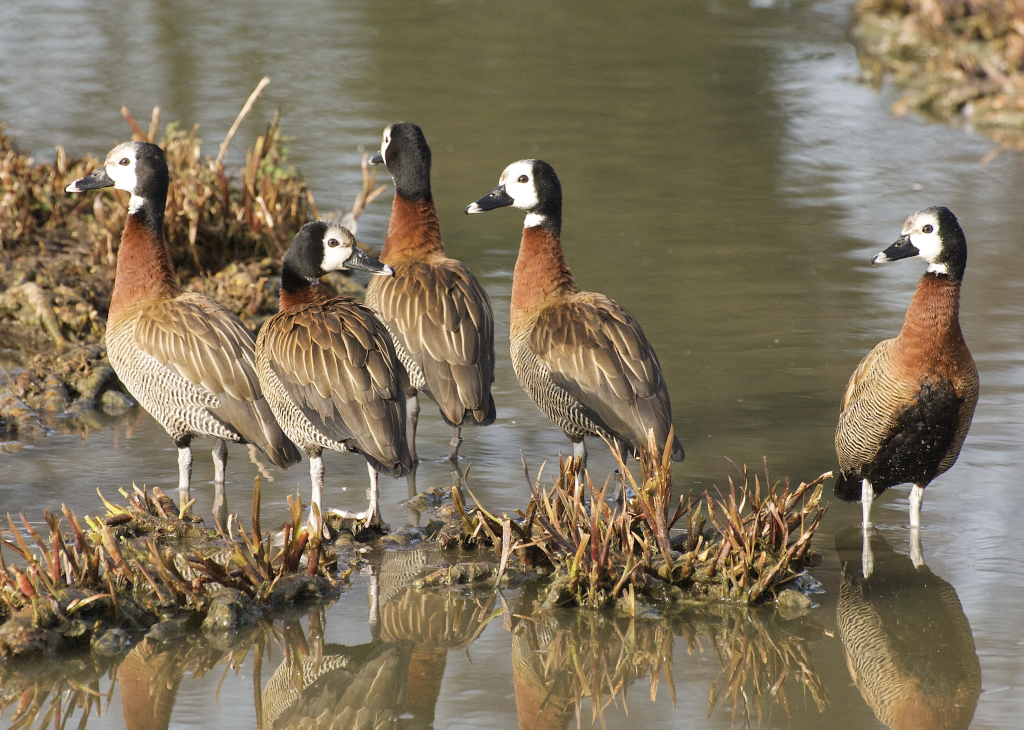
Did you know it’s World Elephant Day? Critically Endangered African Forest Elephants share their dense rain forest habitat and surrounding areas with several waterfowl. In the Congo Basin you’ll find some species we are familiar with in waterfowl collections, and some that are really challenging. White-faced Whistling Duck Dendrocygna viduata (pictured). Fulvous Whistling […]
The Christopher Marler BWA Award
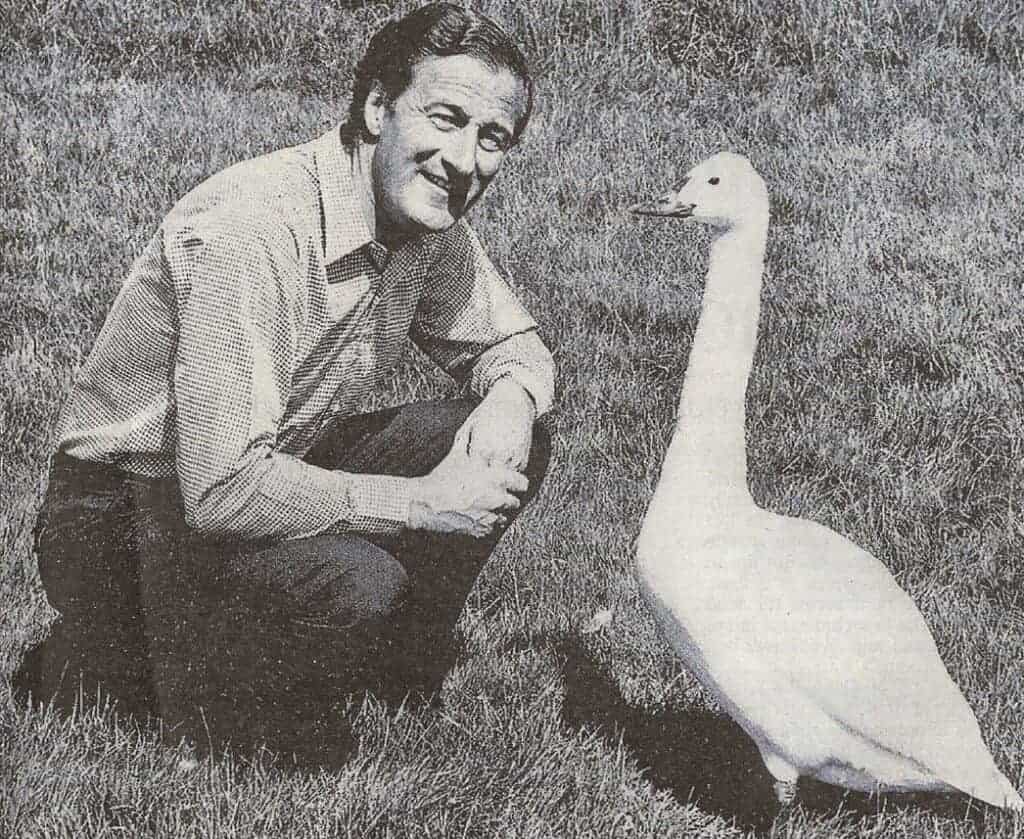
Applications for this award are invited from young people who have shown proven aptitude and skill in breeding waterfowl. To find out more and apply: http://www.waterfowl.org.uk/home/application-form
APHA’s bird flu alerts are free
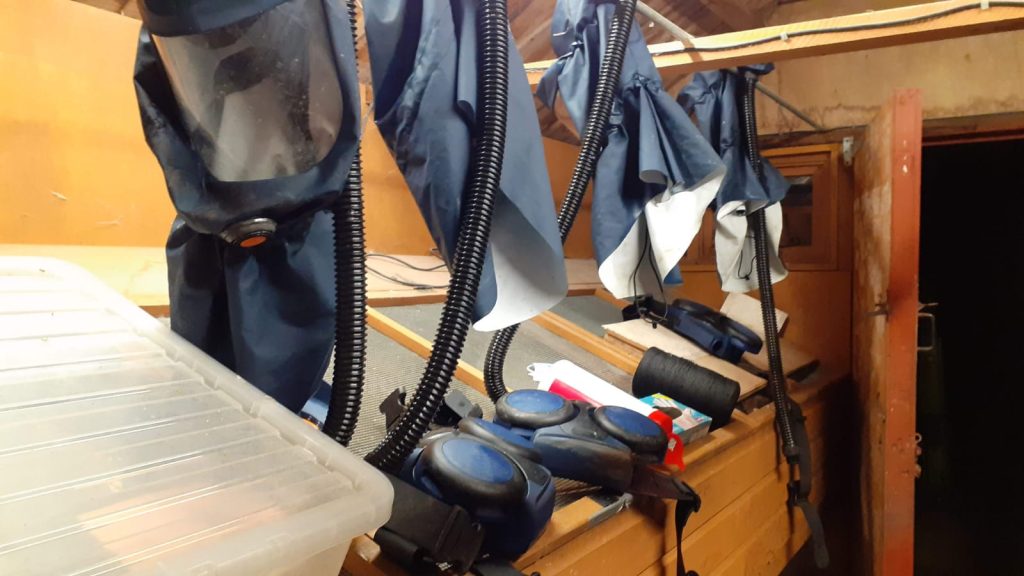
Keep up to date with the bird flu situation. To receive immediate notification of new cases and updated zones in GB, sign up to the APHA’s Animal Disease alert subscription service at https://www.gov.uk/guidance/apha-alert-subscription-service Outbreak Case Summary Since the first case confirmed in this outbreak on the 26 October 2021, 128 cases of avian influenza […]
Pal-Mates … weekend web tip
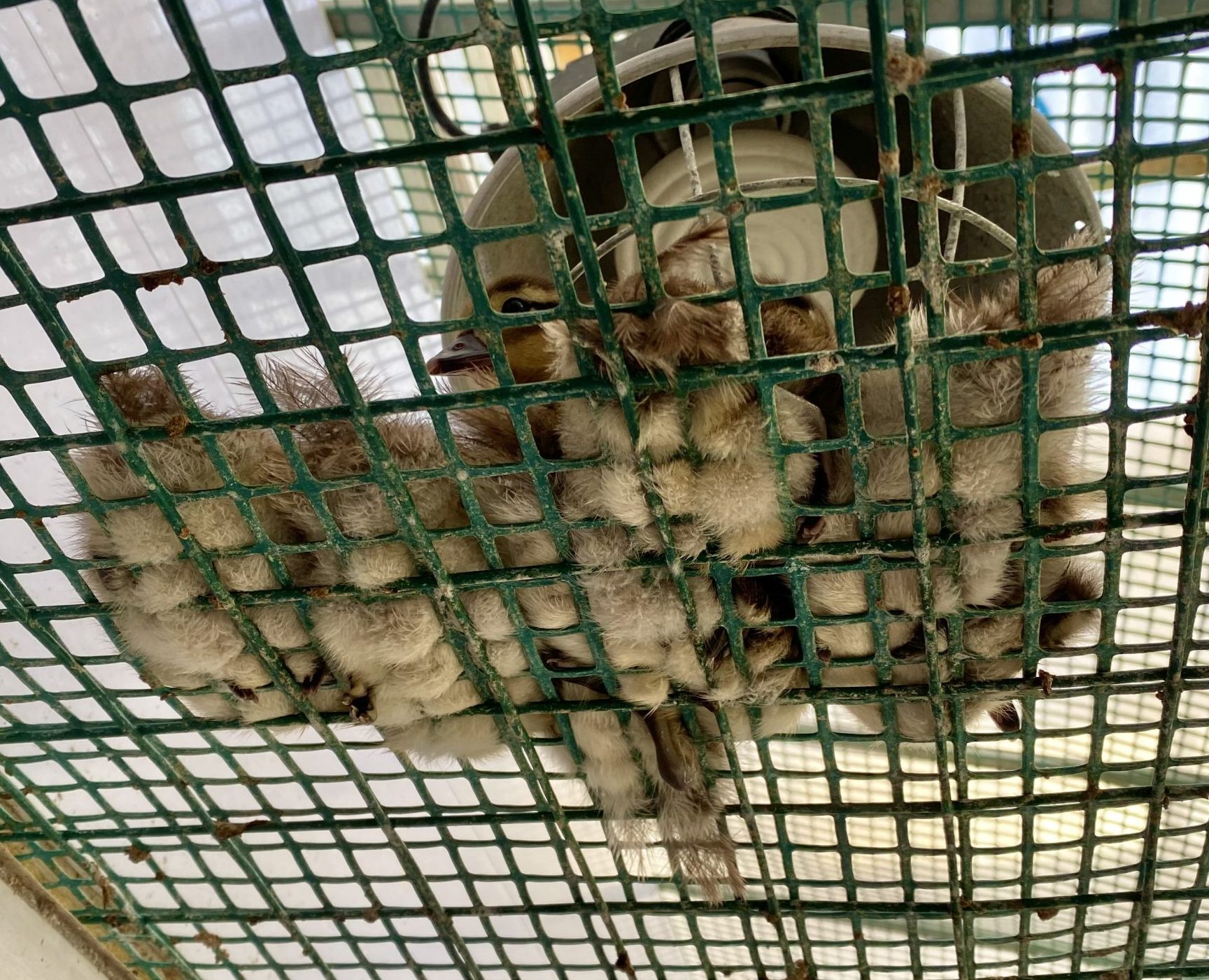
Have you ever wondered why breeders use raised cages for rearing young birds? Feather quality is essential for waterfowl and the ability to dry out and be comfortable makes all the difference. Droppings fall through the mesh, and if you you build the brooder at the right height for you, your comfort will be improved […]
Pal-Mates … weekend web tip

There’s a sweet spot when you can fit a closed ring of the correct size. It may only be a few days and the age differs for each breed and species. Once the ring is fitted, the bird gets used to it very quickly but it’s good practice to monitor how it is coping. The […]
Bird Flu still with us
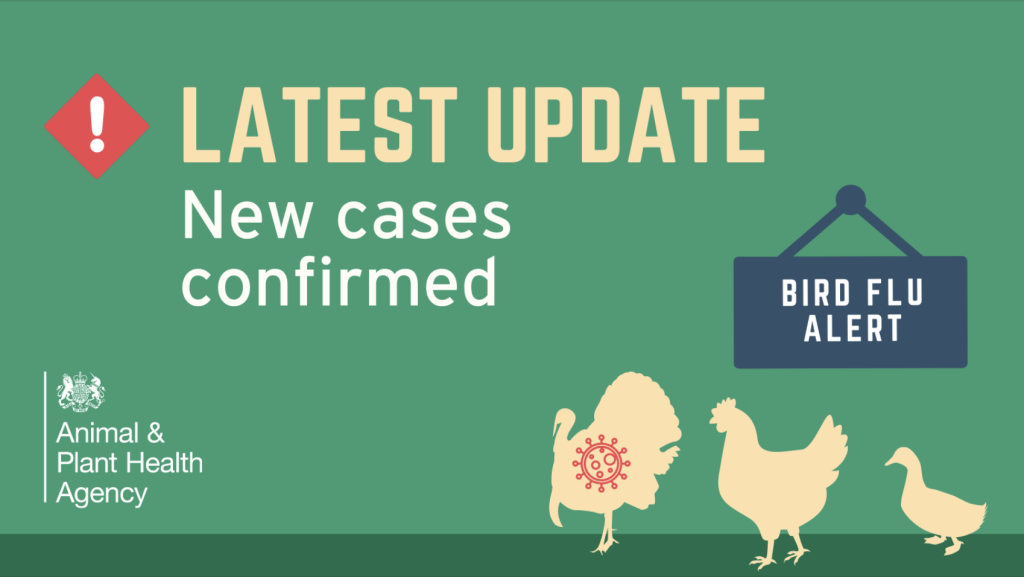
Highly pathogenic avian influenza H5N1 has been confirmed at a premises near Dartington, South Hams, Devon. Poultry housing measures have been lifted but the Avian Influenza Prevention Zone remains in place as the risk of avian influenza from wild birds continues. Keepers must follow the enhanced mandatory biosecurity guidance available on GOV.UK at: https://www.gov.uk/bird-flu […]
Pal-Mates … weekend web tip
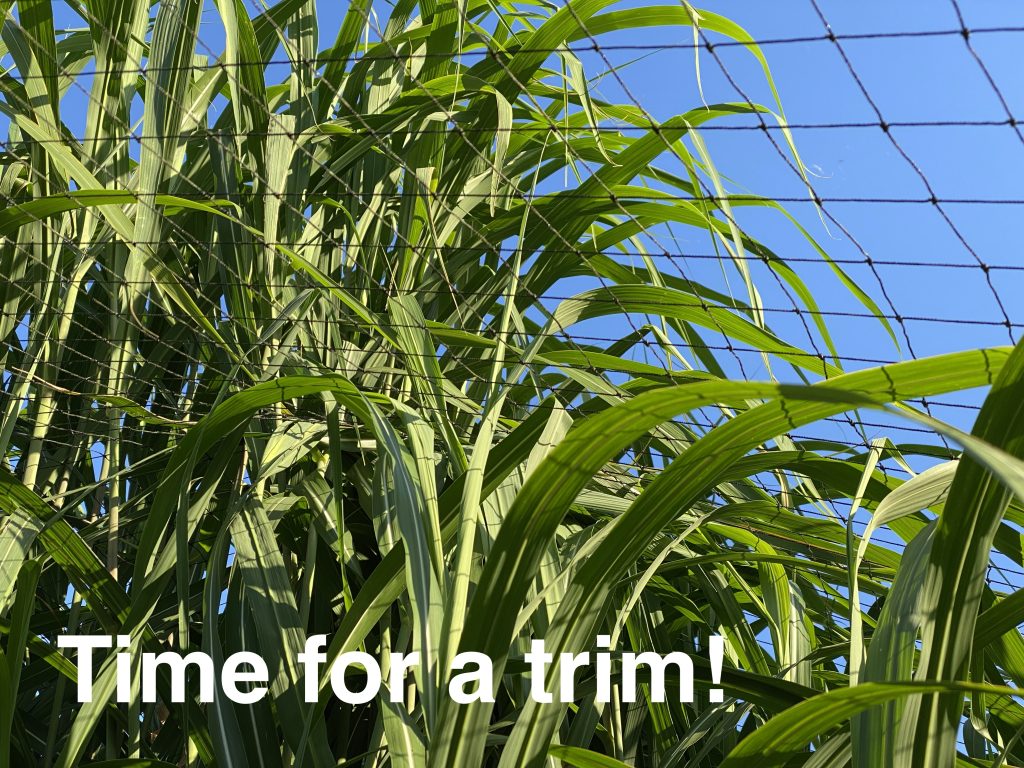
There’s no doubt that plants growing through an overhead net softens it’s appearance, but they will shorten the life if the net. Climbers such as hops, clematis and jasmine are really difficult to remove once they harden. The big grasses and woody shrubs are very abrasive and will tear the net when the wind gets […]


